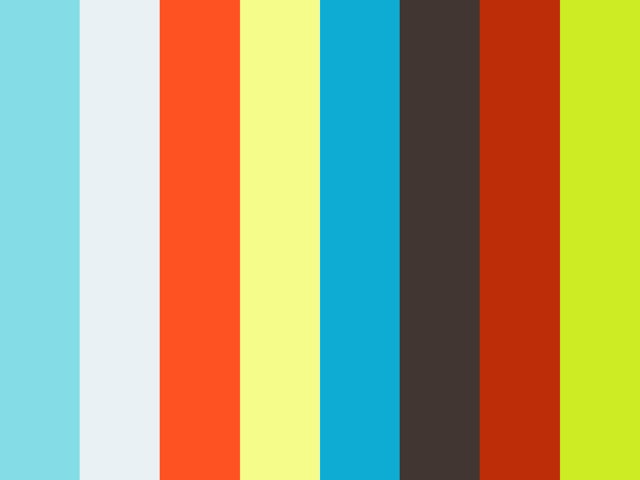Back to the Drawing Board - How we made a kinetic projector.
Q: Isn’t the Illuminus Festival known as a projection light festival?
A: Why yes it is.
Q: And you made a kinetic sculpture for it?
A: Yup. And it projected light!
So, fresh off the sculpture race, Phil Knodle approached me about putting together a group submission for the 2018 edition of the Illuminus Festival, along with prior colaborator Jake Kassen. And with that, as a group we started working on a piece.
The initial inspiration came from a re-imagining of an old-school overhead projector. In an overhead projector, transparent medium that has writing or drawings on it in an opaque or semi-opaque medium has light projected through it. That light is then enlarged and re-focused through a series of lenses (in our case fresnel lenses) and projected onto a flat surface, increasing the size of the original image substantially from the original markings on the transparency.
A lot of the practical learning about that sort of setup came through trial and error, testing out different light sources and lensings by rigging up test setups and projecting through them to see what looked best.
Jake Kassen (Left) and Phil Knodle (Right) honing in lensing.
Once we had that knowledge, we started working on the forms that the piece could take.
As everything is better with a bit of community involvement, we opted to include an interactive element to in the project. This ended up taking the form of an area of the piece that would invite participants to draw on the transparency that would be shown through the projector. To make this an autonomous process we included an motorized conveyor system to move the drawn-on transparency from the interaction area to the projector.
The conveyor mechanism ultimately dictated most of the rest of the form of the piece and became the most complicated bit of the artwork, as making a web-conveyor mechanism that can be interacted with by strangers and won’t destroy itself is quite a task. And of course, we couldn’t make it a circular loop. That would have been too straight forward.
The green line is what ultimately became the path that the film took over the conveyor, featuring artist Jake Kassen.
Thank goodness for the insights of Phil during this process, as he was able to engineer a mechanism for the motorized conveyor that incorporated self-aligning rollers that eliminated quite a bit of the alignment issues that we were bound to face. (And could be made without breaking our budget!)
QTY: 24 prints on one 3D print bed for the roller mechanism. These pieces slotted over the ends of the conveyor rollers to attach to adjustable mounting arms.
From there, we needed a structure to fixture everything within. For this, we opted to do a bolt-together assembly of 2x4s that we could assemble/disassemble easily. The conveyor system itself required relative alignment of the rollers so that the transparency would be in plane between the rollers, as even slight misalignments would be magnified as the film was drawn over the rollers. To allow for a bit of wiggle room within that system, we mounted the rollers to T-slot extrusion so that they could be aligned easily in field with only an allen key.
All told, the process of making all the pieces took about 2 months on-and-off, and we were able to test as we went. Soon enough though we were able to get it all together.
After a couple of whirlwind nights testing and tuning, we were ready to go.
We loaded up everything into a van an shuttled it down to Downtown Crossing in Boston, where we set up underneath the overhang on the North East side of the Macys. From the time of arrival on site to start of the festival, we had 4 hours to get it all together.
And with that, we were off to the races.
By the time were were set up, we already had a crowd wanting to add to the film. We’d laid out sharpies on the table edge to make that happen, and written in large letters “draw on the film”.
Both nights we had a crowd of people wanting to interact with the piece and add their mark. Our best estimates are that around a thousand people interacted with it over the course of the time it was up.
More photos at full resolution can be found - [here].
All told, the piece was well worth it the time and effort, and made for an interesting addition to the festival. We were able to receive so many individual actions, that seemed to span a full gambit of responses. From people writing greetings to other viewers to messages encouraging others to go vote, the span of involvement ended up taking on a life of its own. As the transparency was set up to loop, there was about 70ft of film going through the converter continuously, and it took about 45 minutes for any point on the film to make a pass through the rollers. Given that, the film itself became absolutely full of drawings from people adding on to unfilled spaced on the transparency.
After taking it down, we ended up recording the films to document the full range of responses from both nights…
Thank you so much to my collaborators Phil Knodle and Jake Kassen, to Emily O'Brien for assisting during crunch time, to the Illuminus team for making this all possible, and to the other Illuminus artists for making the event an event.
You can see more from Phil - website - pknodle.net / ig - @PKnodle
More from Jake - website - jkassen.org
More from Illuminus - website - illuminusboston.org / ig - @illuminusboston
Cheers,
Mac
















